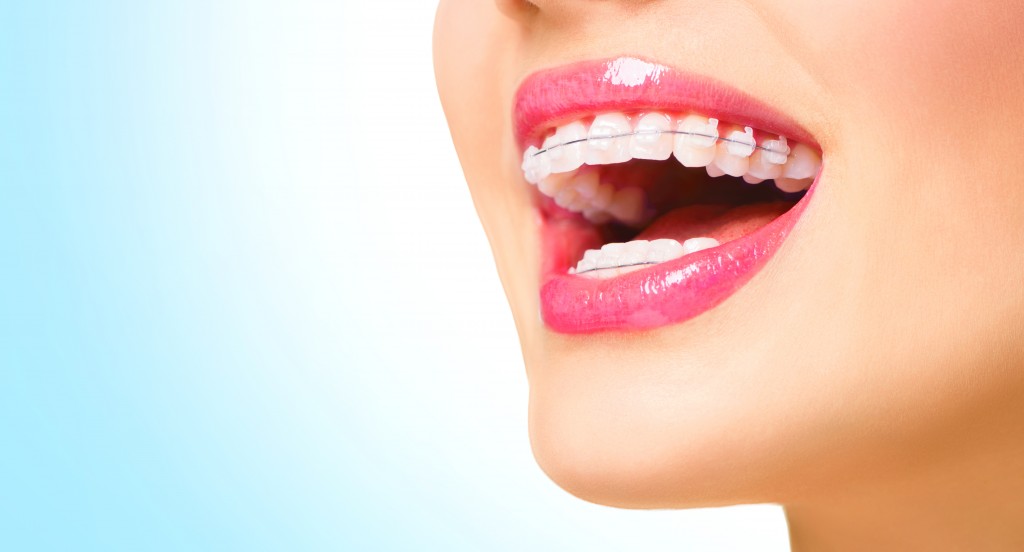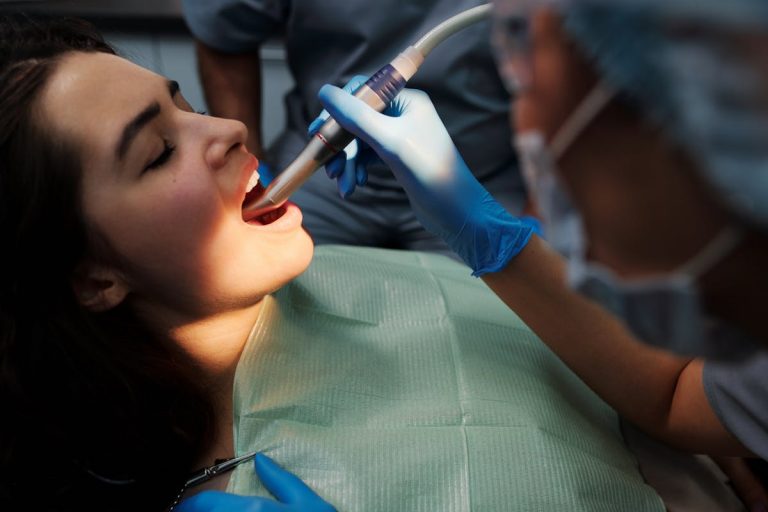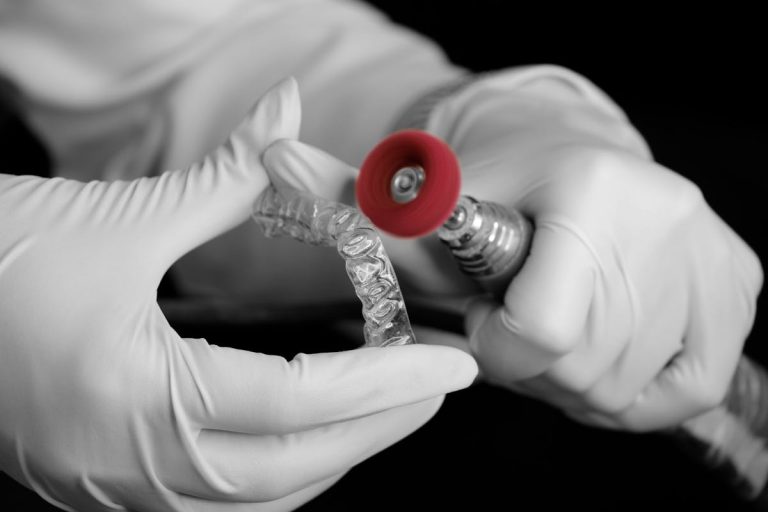Like any bone or joint in your body, your jaw can become misaligned. This happens mostly because of neglect and bad habits. If you often put yourself in an awkward physical position for a long time, you will likely experience some form of this. Biting on something really hard or pushing your jaw against something are just some of the activities that you have to avoid. If you happen to already have problems with your oral cavity, you can consult a specialist in orthodontics to see what can be done to correct those.
One of the solutions to fixing a crooked set of teeth is to fit braces on them. It can be painful at first as you feel the metal brackets push and pull your teeth in place, but you will get used to it. Some patients need a different fix, and some may not be as subtle as braces. Others need to wear orthodontic headgear to help correct whatever is misaligned in their oral cavity.
What Is Orthodontic Headgear?
Underbites and overbites are two prominent examples of the unevenness of teeth. The upper and lower rows are supposed to line up just right. If not, you may experience problems with pronouncing some words or even breathing. To correct this, you will be asked to wear orthodontic headgear. What you will use will depend on the type of misalignment that you have, but they mainly consist of straps wrapped around your head. They are connected to the braces on your teeth.
Types of Headgear
To correct an overbite, you will need high-pull or low-pull headgear. The difference between the two lies in the positioning of their straps. The former is wrapped right at the top and near the back of the head, while the latter is wrapped near the nape. These are made to pull the upper teeth back. When you have an underbite, you will be wearing what is called reverse-pull headgear. This usually has straps that cover the top of the head and the back of the neck, and it is designed to pull the upper teeth forward.
What You Can and Cannot Do While Wearing Headgear
Although it admittedly is a very noticeable contraption to wear, your mobility is not compromised too much when you have headgear on. You can still be active and play sports, travel, and even sleep while wearing it. You can do mostly what you have been doing before you had one. But to be safe and since it still has a few parts that stick out, try to avoid getting your head or face near places where you can get entangled.
While you will be asked to wear headgear for much of your day, you need to take it off when it is time to eat. This is so that you can be comfortable consuming your meals and for the braces not to get food in them.
Although it may look like a drastic corrective measure, headgear is comfortable to wear. It is understandable to be worried about getting looks, but you have the choice not to wear it for a few hours. But more than that, the ultimate benefit is to correct your misaligned jaw. Once that is done, you will be more confident than ever.







